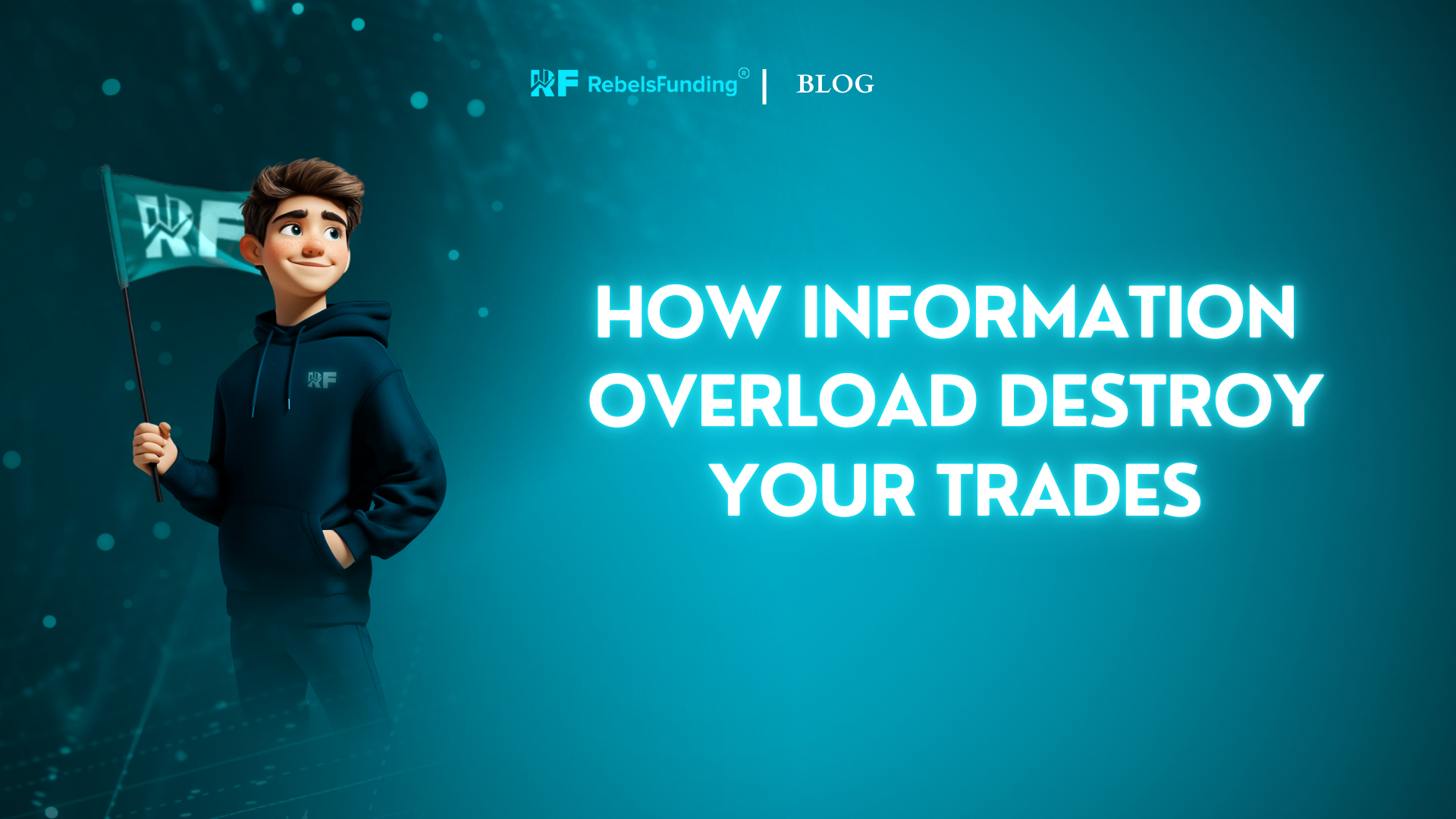What is Margin Trading?

Margin trading is a trading method that helps traders use their account balance as collateral to access bigger capital from a broker or prop firm. It enables traders to open positions that multiply their balance.
We will look at how it works and break down its key components:
How does margin trading work?
When trading on margin, you only deposit a fraction of the total trade value. If the requirement for a particular asset is 1%, a $10000 position would require just $100.
It is your prop firm that would provide the remaining part of the overall capital to empower you to participate in larger trades.
Difference between Margin and Leverage
Margin is the minimum amount of capital you need to provide to enter a trade. It acts as your deposit for a leveraged trade.
Leverage is the use of borrowed money to enter larger trades. It is expressed as a ratio, comparing the “loan” to your margin.
For example a leverage of 1:100 would mean controlling $100 for every $1 of margin. Similarly, a 1:50 leverage would mean holding $50 in a trading position with $1.
It is the multiplier of a margin.
Advantages & disadvantages
Benefits:
1. You can win bigger (multiply your) profits if the trade goes in your favour.
2. It strengthens your buying power and gives you access to diverse markets.
Risks:
1. It can amplify your loss.
2. It can also lead to margin call.
What is margin call?
Margin call is an alert from a proprietary company or a broker informing a market participant that his account equity has fallen below the required margin, demanding additional funds.
What is equity?
Equity is account balance plus or minus the floating profit or loss from open trades. Here is the formula: Equity = Account Balance + Floating PnL
To avoid margin calls or stop-outs, you must maintain enough equity.
What is Floating and Realized PnL?
Floating PnL is the unrealised profit or loss from your open trades. It fluctuates/changes as the market moves.
While Realized PnL is the actual profit or loss locked in when your trade is closed.
Prop firms check Floating PnL to ensure traders follow risk management instructions.
How to successfully trade on margin
To trade on margin successfully, you must know your drawdown limit and carefully manage your equity, floating PnL, and margin level. Always use stop-loss orders and maintain a moderate risk-to-reward ratio.
FAQs
How much margin do I need to trade forex?
The margin required to trade depends on the requirement set, and the size of trading position you want to open.
Is margin money my money?
Yes and no. The margin you deposit is your money, but it acts as collateral for the borrowed funds from the proprietary firm/broker.
What happens if you lose margin money?
You may get a margin call. And if you don’t increase your balance, you would be stopped out.
What is the difference between Used and Free margin?
Used margin is the money “staked” as collateral for open trade(s). And Free margin is your un-used (available) capital for new positions or covering potential losses.



